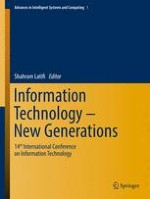2018 | OriginalPaper | Buchkapitel
81. Generating Sequence Diagram and Call Graph Using Source Code Instrumentation
verfasst von : Mustafa Hammad, Muna Al-Hawawreh
Erschienen in: Information Technology - New Generations
Aktivieren Sie unsere intelligente Suche, um passende Fachinhalte oder Patente zu finden.
Wählen Sie Textabschnitte aus um mit Künstlicher Intelligenz passenden Patente zu finden. powered by
Markieren Sie Textabschnitte, um KI-gestützt weitere passende Inhalte zu finden. powered by
